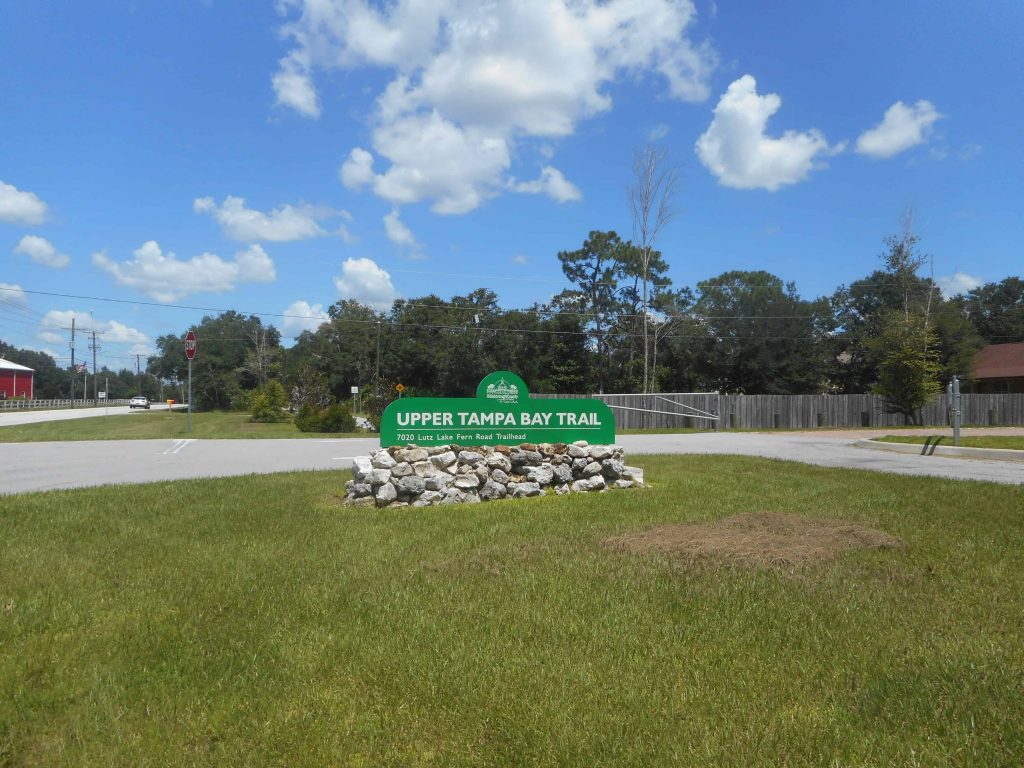Call Bayside AC Today
(727) 669-4300
1,400 “A” Reviews on Angie’s List
Bayside Heating and Air Conditioning provides complete heating and AC services for all brands or models in the Belleair Beach area, including repair, service, maintenance, tune up, replacement, and installation. Family owned and operated in the same location for over 20 years. Our high quality craftsmanship, superior service and professional licensed award-winning air conditioning technicians are the core of our business.
For AC Repair in Keystone
Bayside AC
AC Repair Special
$49.95 Special
Call Now (727) 669-4300
Bayside AC
AC
$49.95 Special
Call Now (727) 669-4300

From Wikipedia
Upper Tampa Bay Regional Park is a 596-acre park on Double Branch Road off West Hillsborough Avenue in Tampa, Florida. The area was once inhabited by Tocobaga Indians and they left mounds of shellfish. Canoe and kayak rentals are offered
Where and How They Lived
From USF WebSite: The Tocobaga Indians lived in small villages at the northern end of Tampa Bay from 900 to the 1500s. Each village was situated around a public area that was used as a meeting place. The houses were generally round and built with wooden poles holding up a roof of palm thatches.
The Tocobaga Indians built mounds within their villages. A mound is a large pile of earth, shells, or stones. The chief’s home and the tribe’s temple were each built on a mound. The Tocobaga also built burial mounds outside the main village area as a place for burying the dead.
The women of the Tocobaga tribes had a garbage heap called a midden, which was located next to their kitchen. Middens were created by the Tocoboga’s use of shellfish for food. The midden consisted of a mound of shells that had grown and packed together throughout the years as shells were discarded after every meal.
What They Ate
Because of their proximity to both the bay and freshwater streams, the Tocobaga fished and gathered shellfish as their primary source of food. They also ate manatees, which were abundant in the nearby waters.
During this time, the Tampa Bay area was rich with animals such as deer, rabbits, armadillo, and squirrels. As a result, the Tocobaga became great hunters. They also gathered a variety of berries, nuts, and fruit to supplement their diet. Interestingly, the Tocobaga Indians had corn, an unusual find in the Tampa Bay area. It is not clear how they got the corn, but it is speculated that they may have traded with a northern tribe for it.
The Tools They Made
The Tocobaga developed many tools for hunting, cooking, and eating. One such tool was the adz. The adz was made of a shell or pointed stone tied to the end of a curved branch. It was used for digging.
The Tocobaga also constructed a tool by placing a living tree branch through a shell with a hole in it. Over a period of time the branch would grow into the shell. The branch would then be cut off the tree. This produced a sturdy tool used for digging clams.
For hunting, the Tocobaga Indians used a throwing stick called an atlatl. It looked and functioned much like a spear. It was used to kill animals for food and clothing. While hunting, the Tocobaga would wear deerskin, or sometimes deer heads over themselves, to get close enough to the animals to kill them.
What Happened to Them?
In approximately 1528, Pánfilo de Narváez, a Spanish explorer, arrived in the Tampa Bay area. He and his men found the Tocobaga and brought disease and violence to the tribe’s peaceful existence. As a result, the Tocobaga Indians became extinct within the next 100 years.
Archaeological digs in the Safety Harbor area of Florida have uncovered many artifacts, or man-made objects from the Tocobaga. Items such as plates and pots have been found indicating that the Tocobaga Indians were expert potters.
Local Community Sites
HVAC Industry & Government Sites for Belleair Beach
- US Deptartment Of Energy General energy related information
- US Department of Energy – Energy Saver Tips
- https://www.energy.gov/eere/buildings/building-america-project-team-university-central-florida Building America Project Team: University of Central Florida
- Buildings and the Grid 101: Opportunities and Challenges from HVAC, Water Heating, and Appliances HVAC, water heating, and other appliances represent more than half of the total energy used in U.S. residential and commercial buildings.https://www.energy.gov/eere/buildings/articles/buildings-and-grid-101-opportunities-and-challenges-hvac-water-heating-and
- Department of Energy Invests $11.5 Million in Building America Industry Partnerships for High Performance Housing Innovation https://www.energy.gov/eere/buildings/articles/department-energy-invests-115-million-building-america-industry-partnerships
- Innovative agreement will modernize HVAC systems across Nuclear Security Enterprise NNSA signed an agreement in April that will allow team members across the Nuclear Security Enterprise to stay focused on their missions, not the temperature of their workplaces.https://www.energy.gov/nnsa/articles/innovative-agreement-will-modernize-hvac-systems-across-nuclear
- Building Energy Modeling 101: HVAC Design and Operation Use Case https://www.energy.gov/eere/buildings/articles/building-energy-modeling-101-hvac-design-and-operation-use-case
